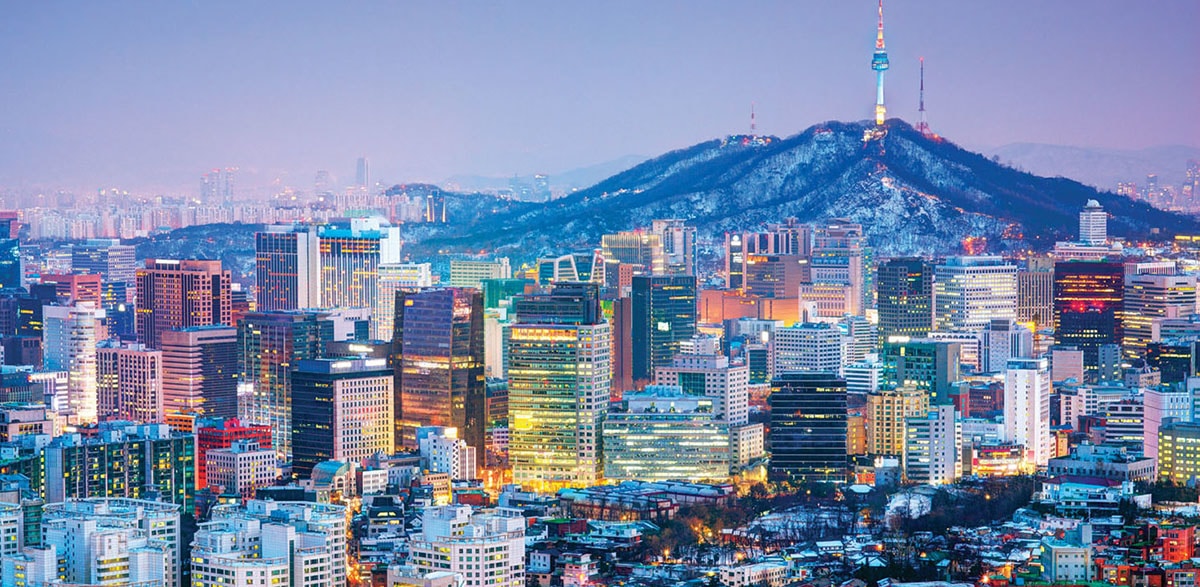
From a time to this part South Korea it is on the lips of millions of people around the world: teenagers, young people and adults. And it is that the products of its mass culture have become tremendously popular.
I speak of the k-drama, k-pop, its auteur cinema, its gastronomy ... All this is what has attracted thousands of tourists for some time. Then today, what to see in South Korea.
South Korea
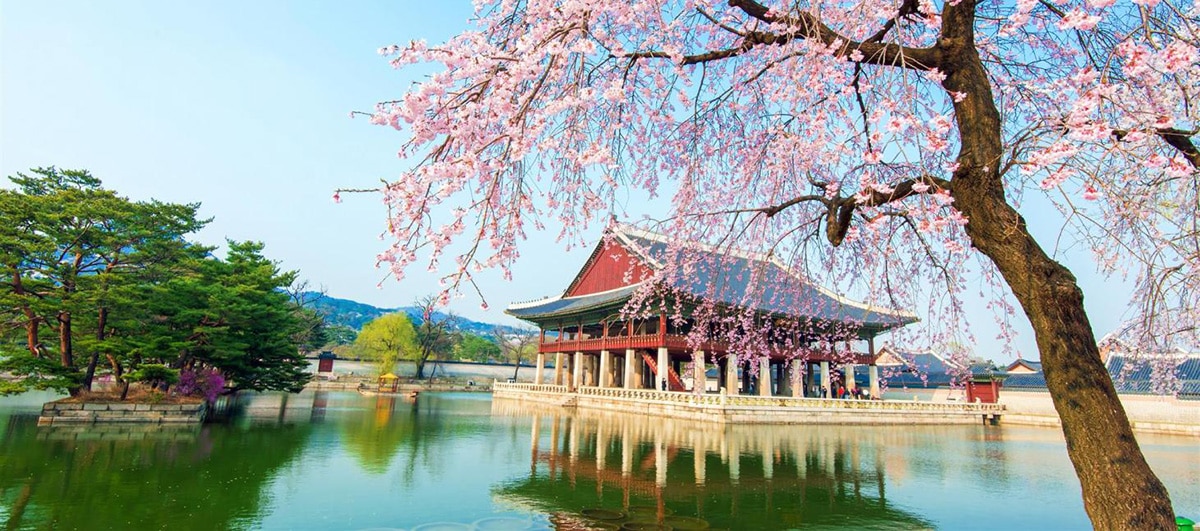
The Republic of Korea is in East Asia, on the Korean Peninsula, which it shares with North Korea, a communist country. Inhabit it 51 million people and the vast majority are concentrated in Seoul, its capital, and the surrounding areas. With this population concentration, it ranks fourth among the most populous metropolitan areas in the world.
Korea was ruled by different dynasties, although the most extensive was the Joseon Dynasty which lasted from the late 1910th to the late XNUMXth century. Then came the Japanese in XNUMX, of whom the Koreans do not have the best of memories. After the end of the Second World War the country was divided in two, an area administered by the United States and another by the Soviet Union.

The current Republic of Korea was born in 1948. The 50s are marked by the Korean war, a confrontation between both parts of the peninsula, which to this day continues to be a kind of cold war. Much of the second part of the 90th century was marked by authoritarian governments and coups, until around the XNUMXs the political landscape began to calm down.
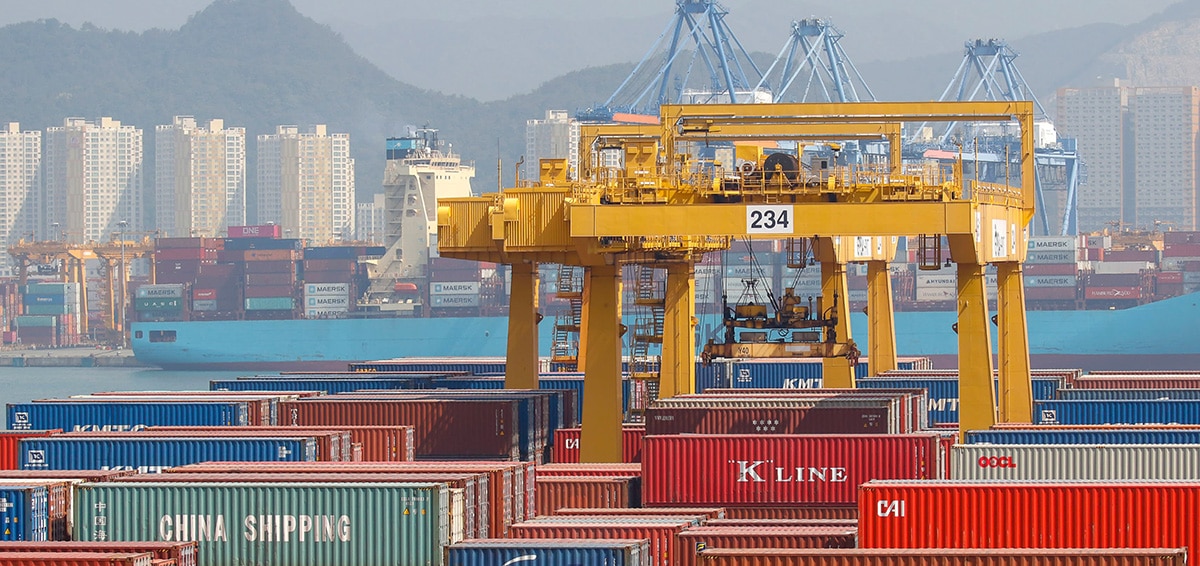
Today, South Korea is an established democracy and a highly developed country, the third behind Singapore and Japan, with a good transport system, the Internet that flies, exports to the order of the day and as we said at the beginning, with a mass culture that has transformed its actors, directors and musicians into international figures.
I know that I am going to make some enemies but as a graduate in Social Communication that I am and a media analyst I cannot help but express my opinion. I really like Korean cinema, I have been following it for more than 20 years, but I consider k-pop a rehash of the boy band from the '80s,' 90s from the west. Nothing new under the sun, musical products in the style of New Kids on the Block or Backstreet Boys with pretty faces and plastic hits.
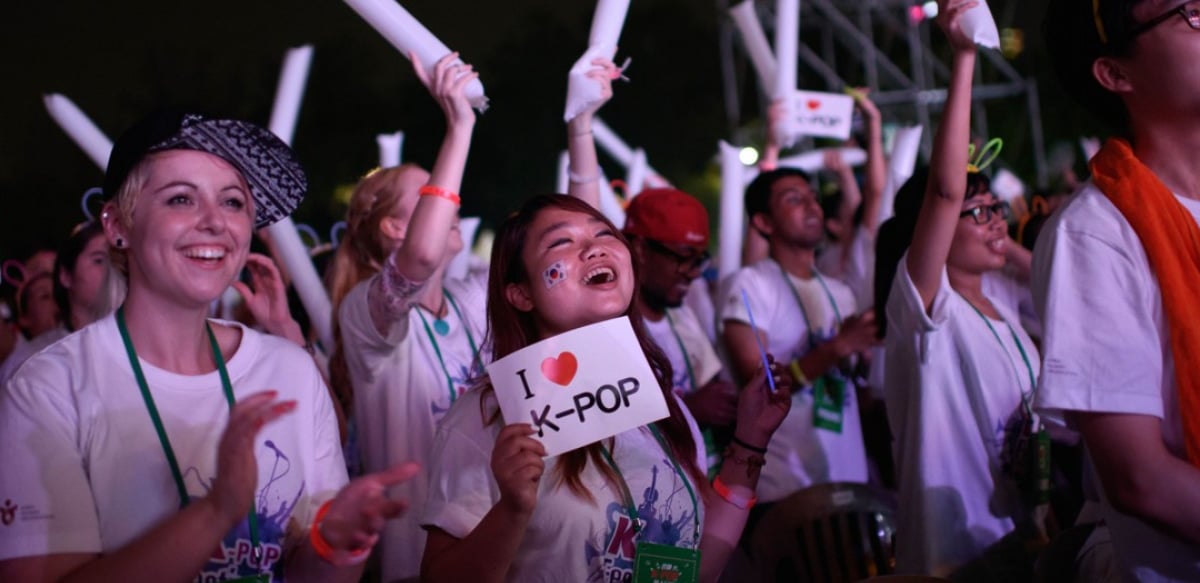
What about the k-drama? Very well done many of them, lots of outdoor filming and good acting, especially from older adults. There are great stories, I think that by producing a lot they play it more in the plots, but ... that the protagonists take between eight and nine episodes to kiss and almost never have sex seems very naive and old. It says a lot about Korean culture and the long way women have to go in it.
What to see in South Korea
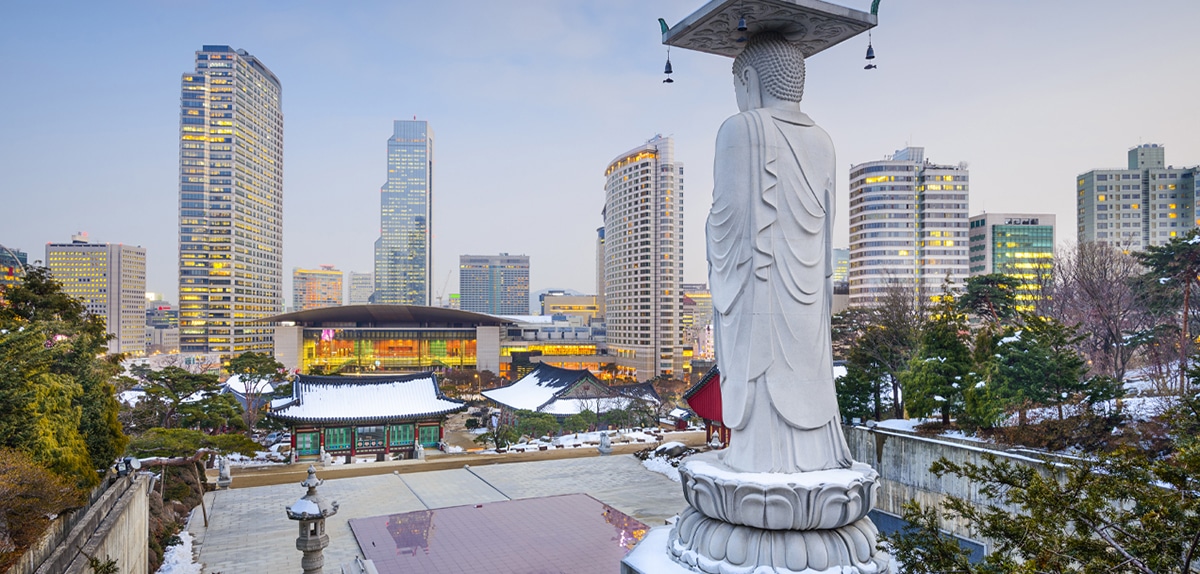
All that said, what is there to see in this country? We can say that South Korea is divided into 10 regionsincluding Seoul, Gyeongiu, Jeju, Busan, Pyeongchang and Ulleundo / Doko Island. Obviously we are going to start with Seoul, the capital.
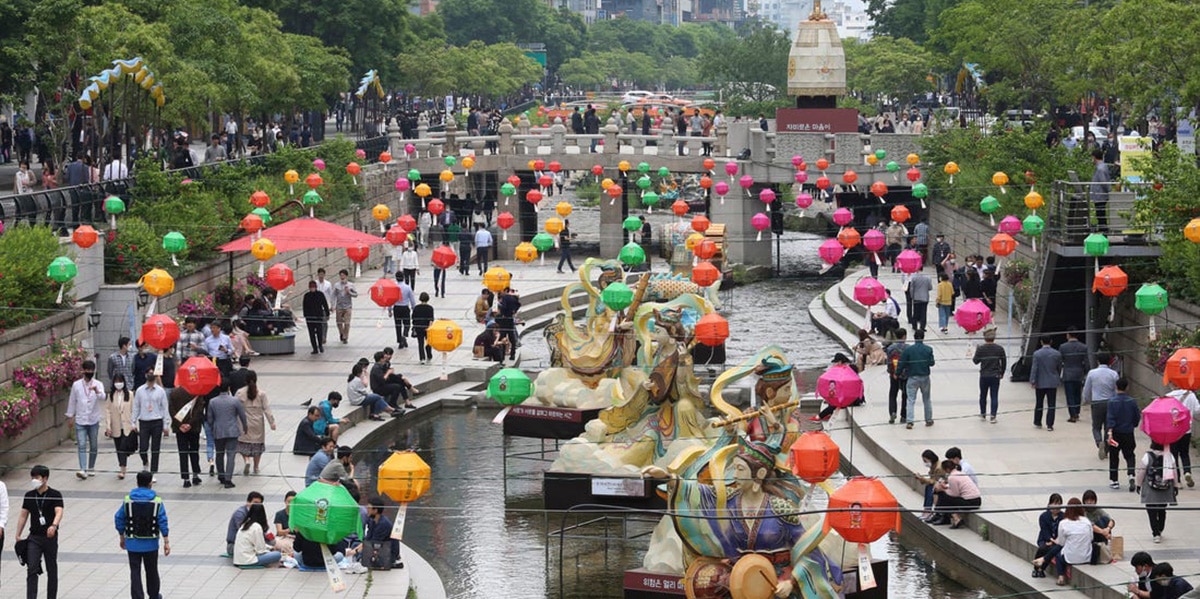
One of the icons of Seoul is the Cheongyecheon Stream, an urbanized stream that was beautiful. It begins in the beautiful Cheongye Square, with plaques on the 22 bridges that cross the stream and its fountains. The area commemorates the Cheongyecheon Stream Restoration Project which symbolizes encounter, harmony, peace and unity. It is car-free on weekends and holidays, so if you go on such a day you can walk more relaxed.
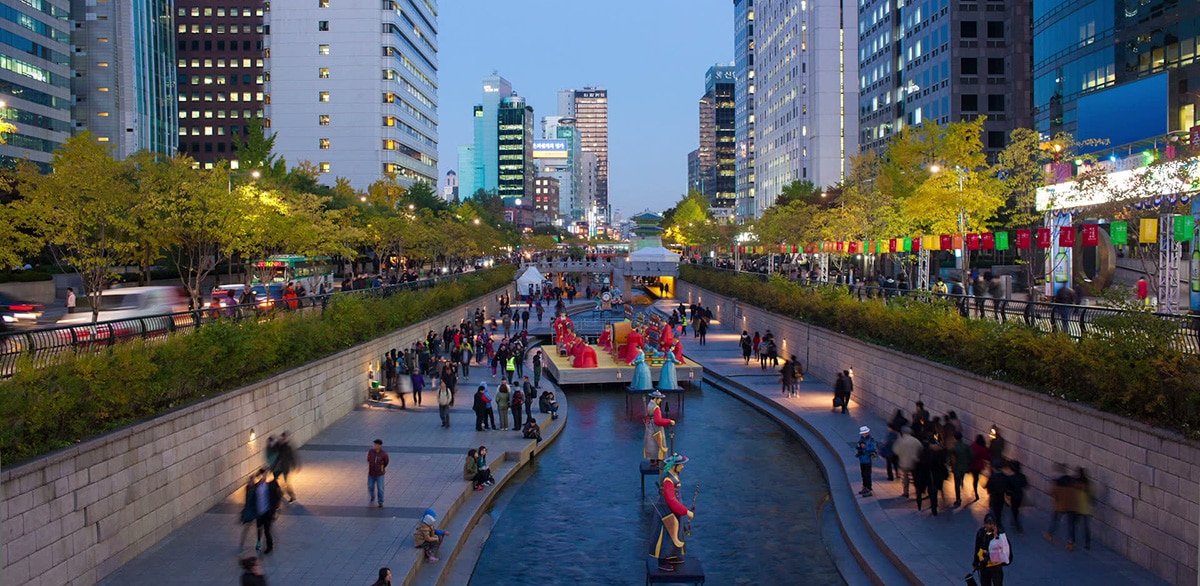
A focal point is the Vela Fountain, with its play of lights and its four meters high, like a waterfall. On both sides are wish wheels made of eight stones, representing the eight provinces of South Korea. The area is open all year round.
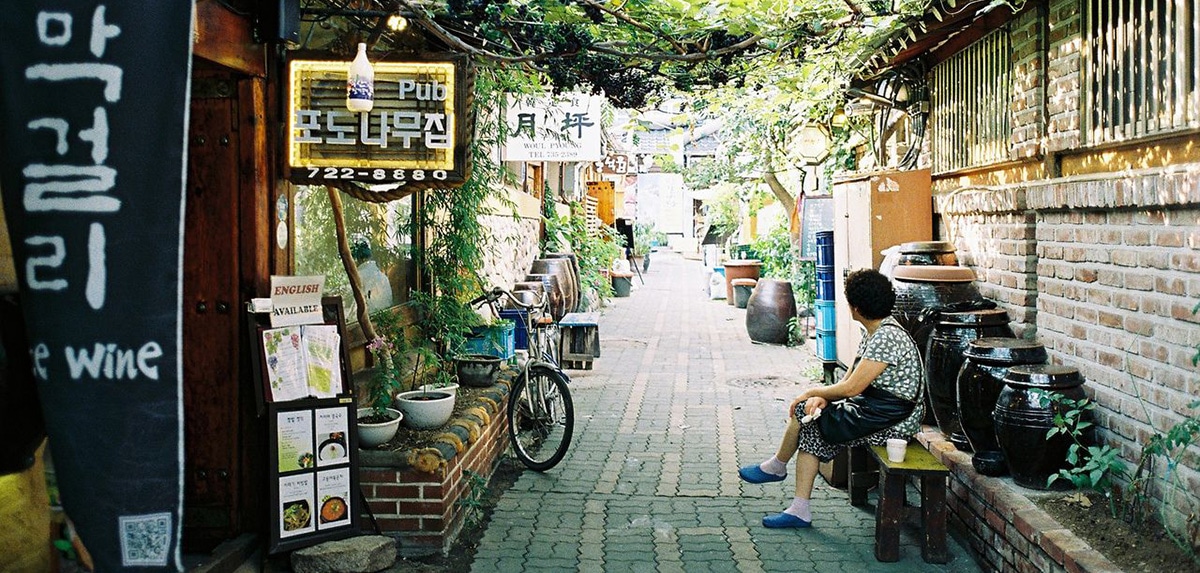
Another tourist area is Insa-dong, where you can do big shopping. There is a single street with alleys on both sides with tea houses, restaurants and cafes. There are about 100 art galleries, great for seeing some of Korean traditional culture. The tea houses and restaurants are great too. Every Saturday between 2 and 10 p.m. and Sundays from 10 a.m. to 10 p.m., the main street is closed to car traffic and becomes a large and colorful cultural space.
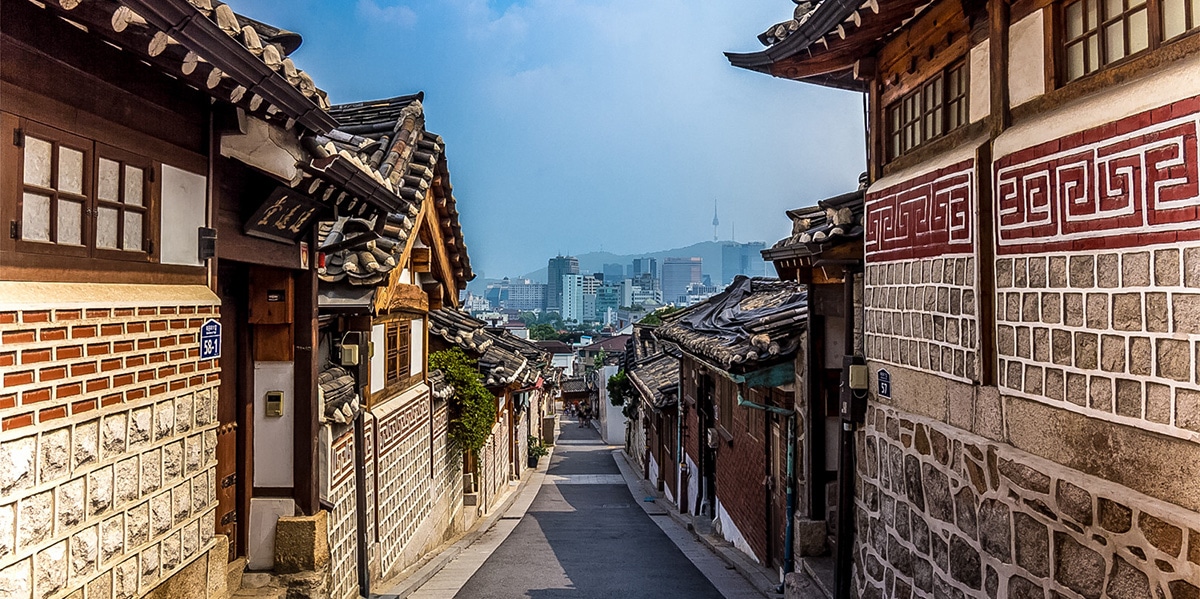
Talking about Korean culture and history you can visit the Bukchon Hanok Village: there are hundreds of traditional buildings, called hanok, dating from the Joseon Dynasty. Today many of these houses are cultural centers, guesthouses, restaurants or tea houses, but they give the charming impression of a simple journey back in time. Closed on Sundays, rest day, so be careful, but other days you can sign up for a three and a half hour walking tour, in English and making the reservation at least three days before.
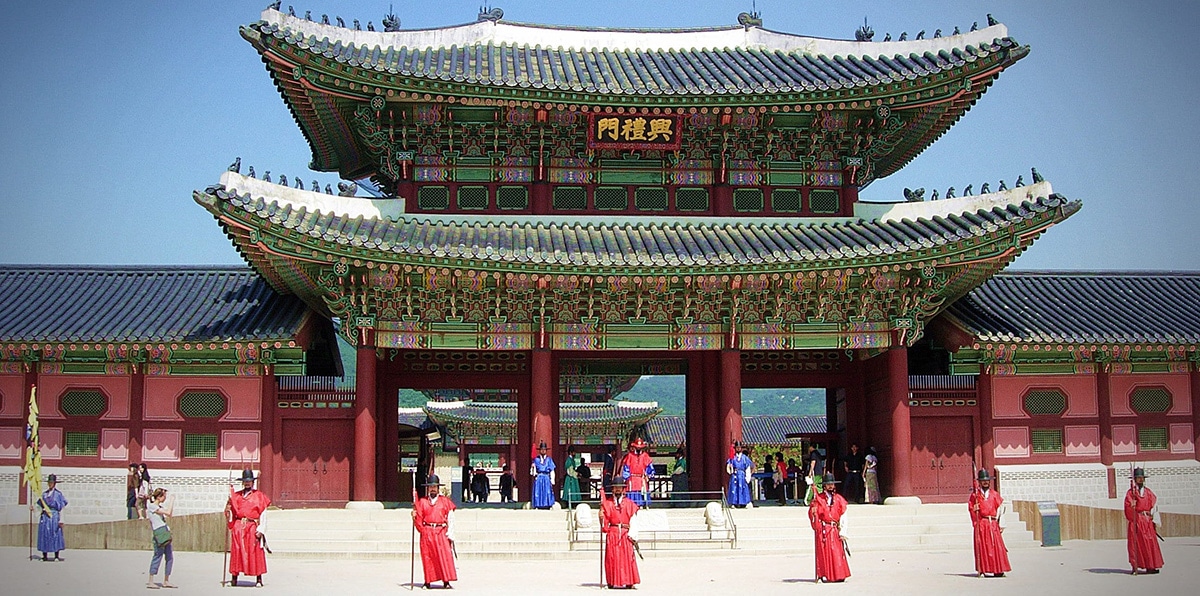
El Gyeongbokgung Palace It is in the same area and is also known as the North Palace. It is a beautiful building and of the five old palaces that remain the largest. It was partly destroyed in the 5th century, but later it was restored and to this day it is representative of the national history. It is closed on Tuesdays, and generally the doors close between 5 and 30:2400 pm. admission is XNUMX won per adult and there are tours in english.
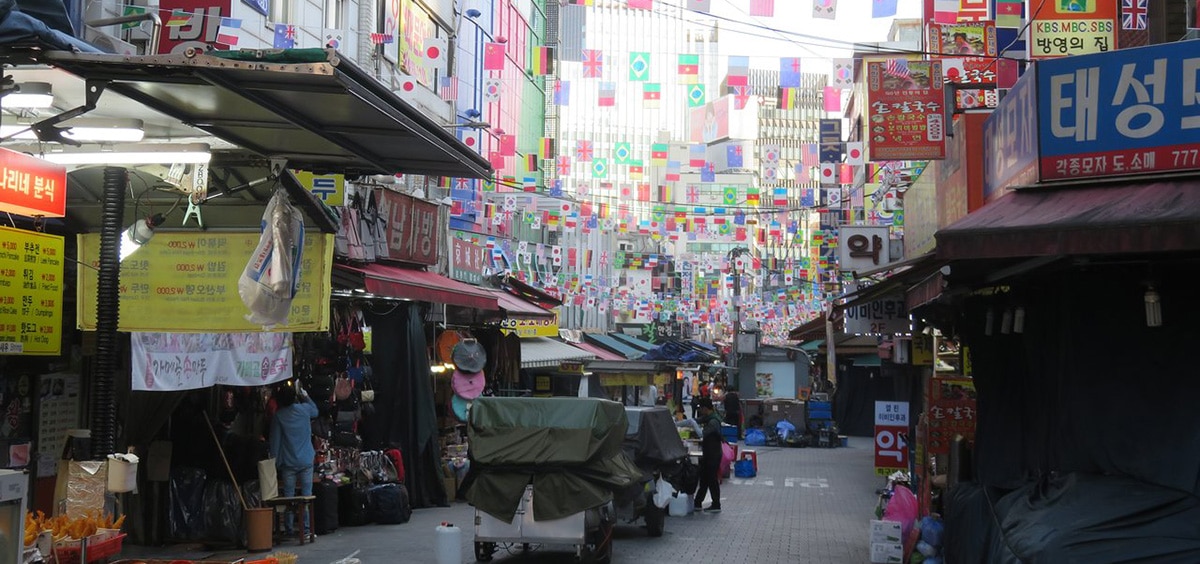
To continue walking, we continue with him Namdaemun Market, a traditional market opened in 1964 where everything is sold at a good price. The market open at night, from 11 pm to 4 am, and attracts people from all over the country. It is very picturesque and you can buy clothes, kitchen utensils, fishing equipment, hiking equipment, fine art, accessories, flowers ... There are more than ten thousand stalls. Closed on Sundays.
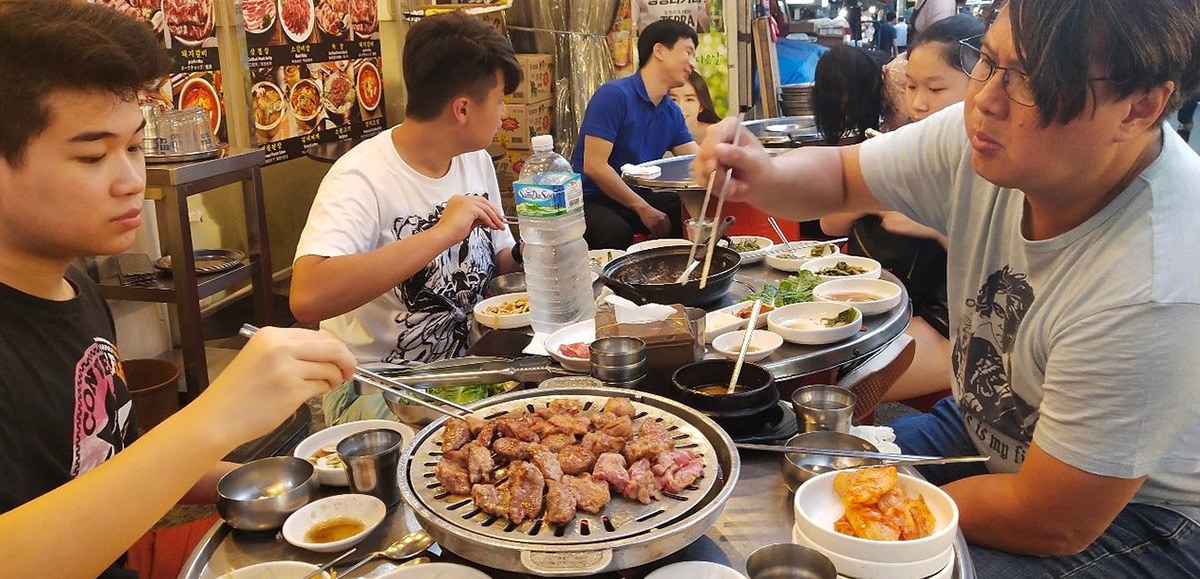
For more purchases there is the Myeong-dong district, one of the oldest shopping areas. There are two main streets located in the center: one starts at Myeong-dong subway station and the other starts at Euljiro. You will see clothing, jewelry, shoes, various accessories but also restaurants, fast food chains and traditional food stalls. For more fashionable purchases there is the Cheongdam street or the Starfield COEX mall.
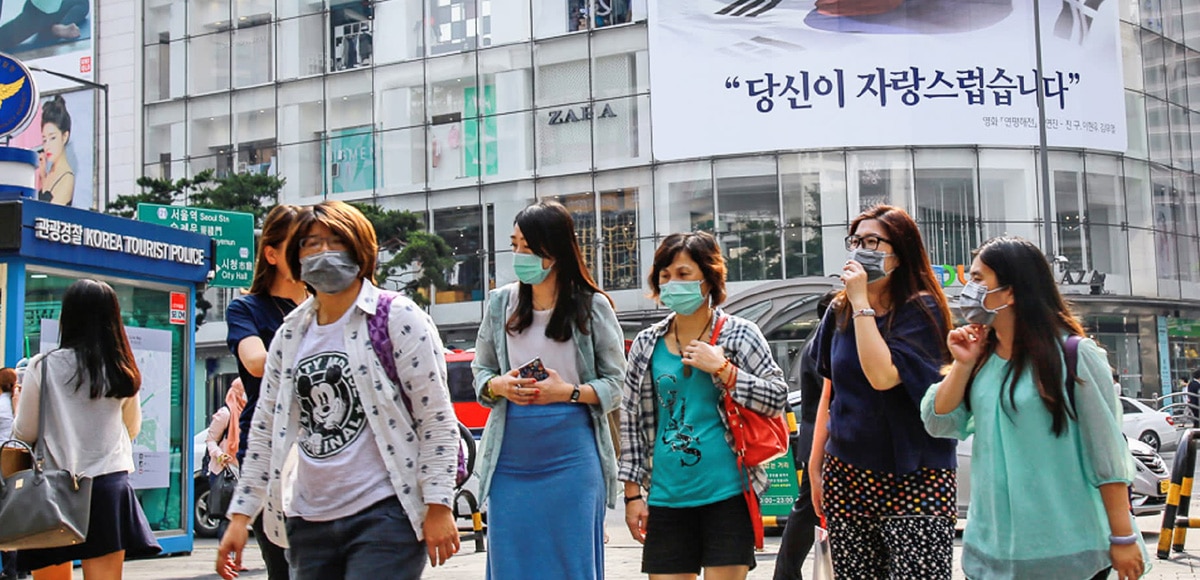
For museum lovers the appointment is with the National Museum of Korea and its great collections. So far, only the city of Seoul, but we said that the country offers us something else. Obviously, if you have the time and desire, you can visit all the provinces because the country is quite small. But in general tourism is concentrated in Seoul, Busan and Jeju Island. Busan it's another city, do you remember the movie Train to Busan with its zombies?
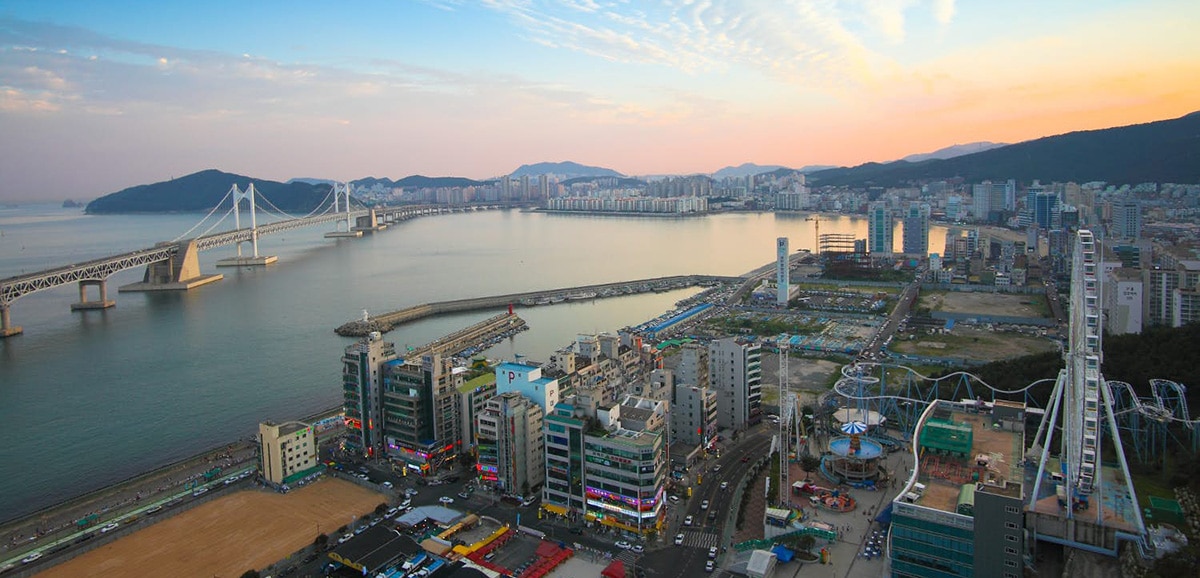
Busan is a port city in which a lot of money has been invested in its development. In particular, promoting its annual film festival, the Busan International Film Festival, BIFF. But in addition, there is Haendae Beach and Gwangalli Beach, Yongdusan Park and Jagalchi Market. If you saw the movie, you already know that you can get there from Seoul directly by bullet train. And if you dare to cross the ocean you can cross to the very coast of Japan because it is close.
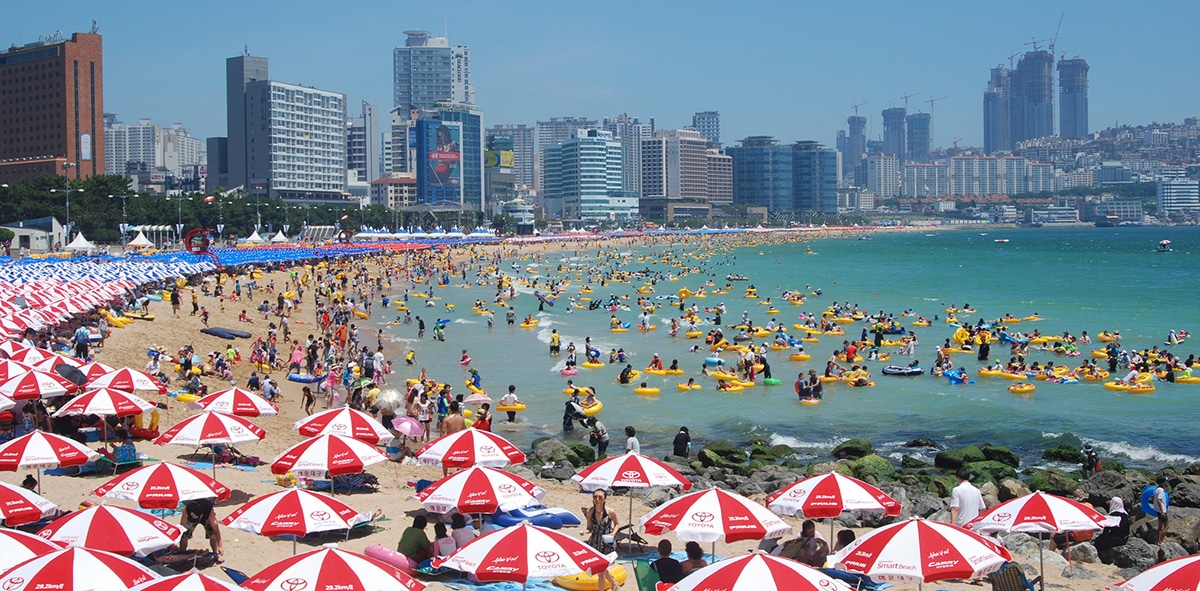
Finally, the Jeju Island appears a lot in k-dramas. It's a great tourist destination, for its natural beauties and its mild climate. There are waterfalls, beaches, cliffs, and caves. The best of the island is the national park, the Udo Maritime Park, the Yongduam Rock, the Jeju Folk Village Museum, the Yeomiji Botanical Garden, its great views and the longest lava tube in the world, a World Natural Heritage Site according to UNESCO. .

These are the classic destinations for a first trip to South Korea. They are not the only ones and the country's fans always come back for more. In fact, if you like Korea and its culture, traveling inland, visiting less touristy places, getting away from the masses and the capital always provides a new perspective on what we are learning.